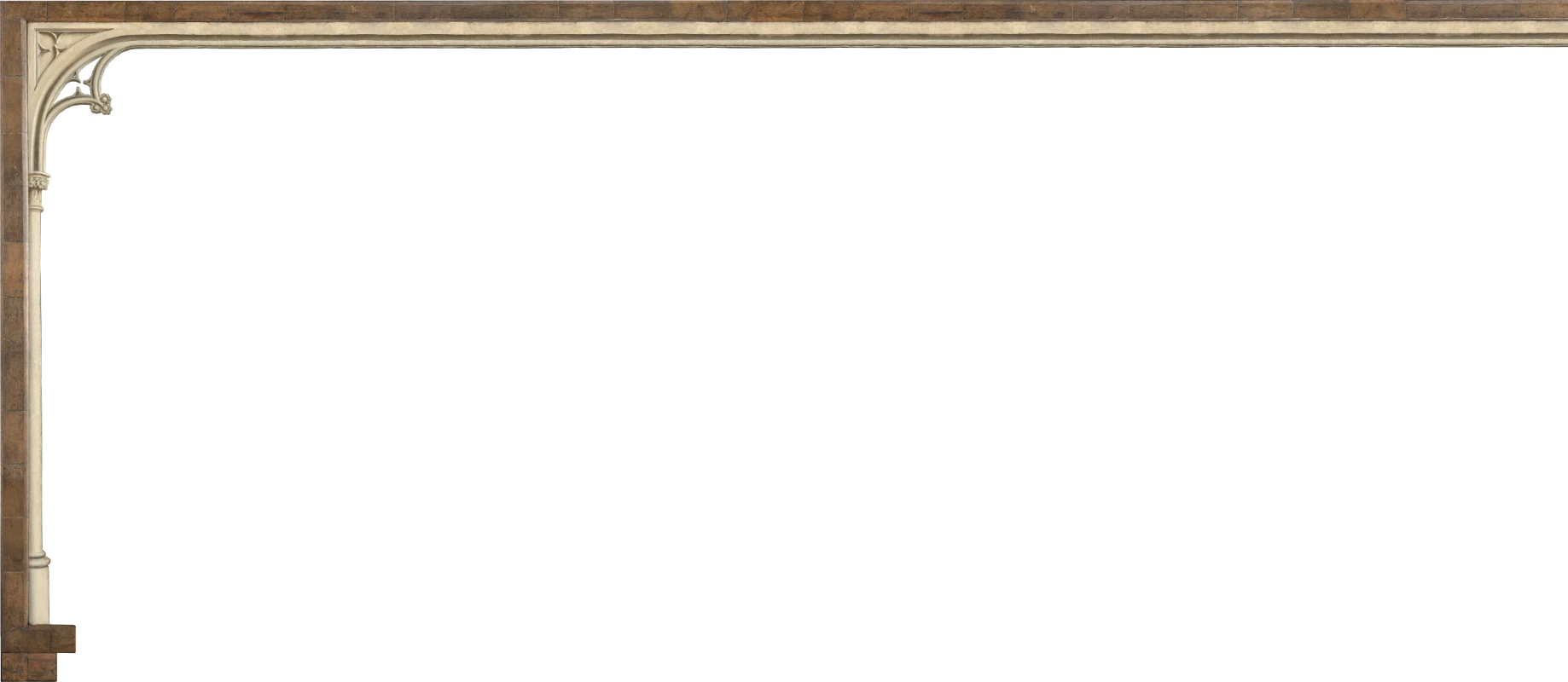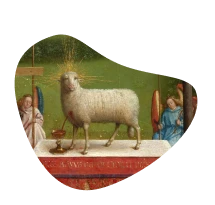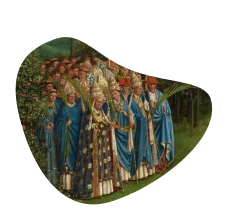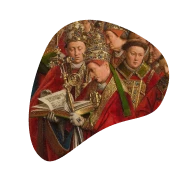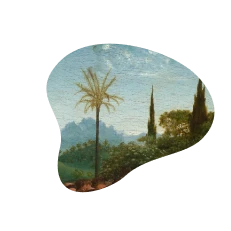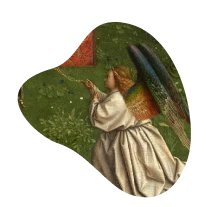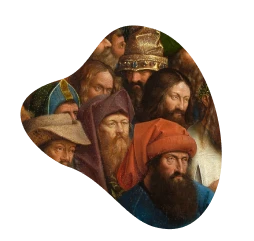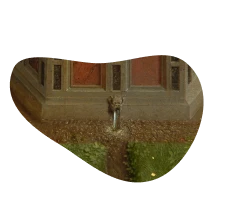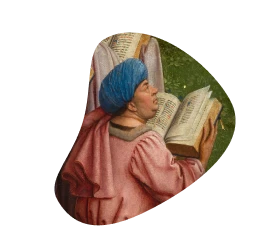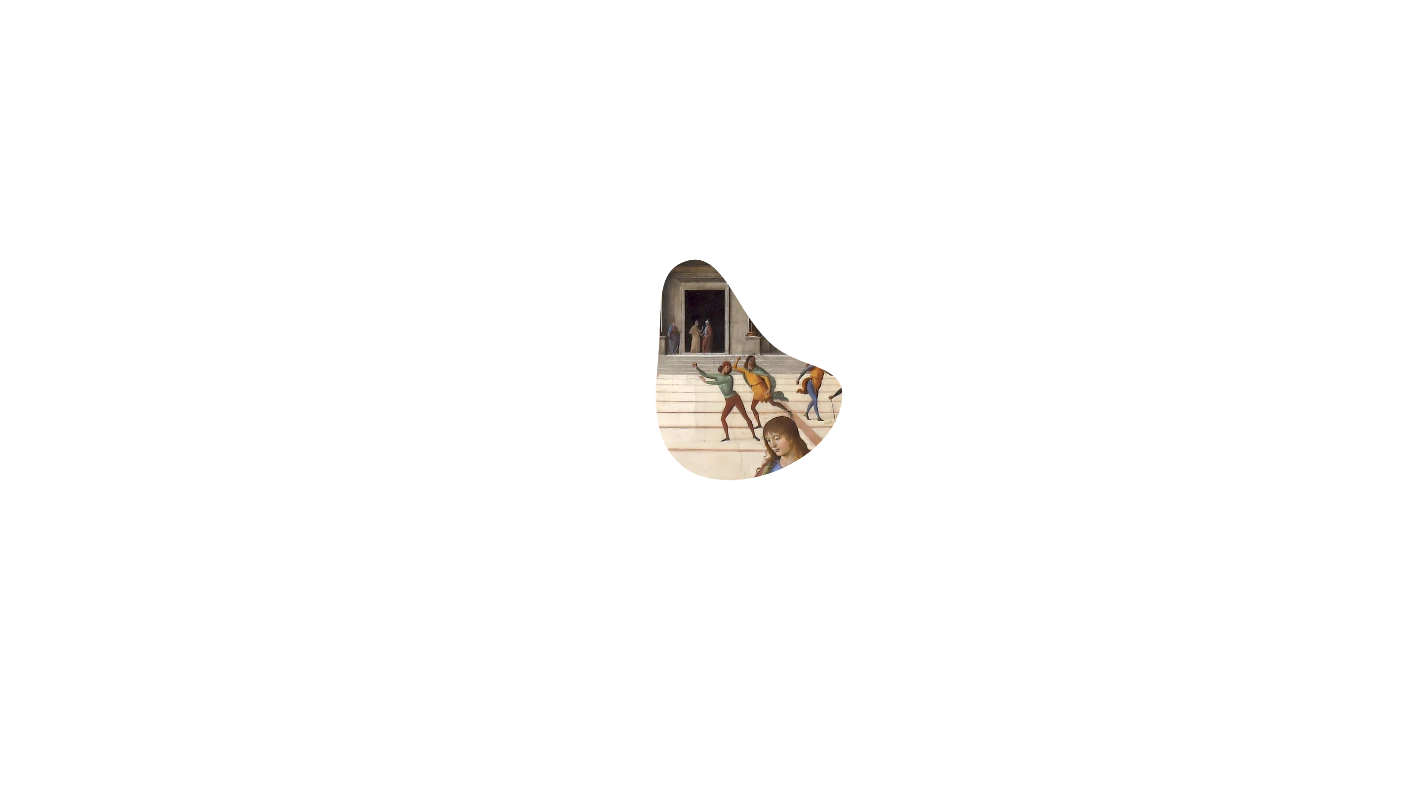Missa D’ung aultre amer is somewhat of an oddball in Josquin’s mass corpus. It is by some measure his shortest mass—numbering 364 bars, where all the others have over 500; and the longest, De beata virgine, 882. This brevity comes from a syllabic style, especially in the Gloria and Credo where the texts are telescoped so that different sections overlap and are sung at the same time. The Kyrie, Sanctus, and Agnus Dei show greater freedom, though the phrases are short; most unusually the Kyrie is longer than the Gloria. This style probably comes from the polyphonic lauda current in the Ambrosian rite of Milan, where Josquin worked during the 1480s. This rite also had the convention of substituting a motet for the Benedictus and second “Hosanna,” missing here and replaced by Tu solus qui facis mirabilia.
Tu solus qui facis is made up of perfectly located chords, solemn and resonant, that create an unparalleled atmosphere of calm and introspection.
This setting lacks the space to indulge in polyphonic elaboration or sonic display. There are no duets (all three Agnuses, for example, are both very brief and full) or canons or added voices. The interest for once is focused on simple chords, and nowhere more than in the motet Tu solus qui facis. Simple chords should be easier to write than complex polyphony, and yet plenty of composers down the years have shown how easily this kind of music becomes predictable and tedious. Tu solus qui facis, however, is made up of perfectly located chords, solemn and resonant, that create an unparalleled atmosphere of calm and introspection.
Behind these chords, and indeed behind much of the detail in the rest of the setting, is the chanson D’ung aultre amer by Johannes Ockeghem. This was important for Josquin, who revered Ockeghem more than anyone. He intended a tribute to him which, even when the liturgy demanded restraint, shows he was equal to any challenge.
© Peter Phillips / Gimell Records





